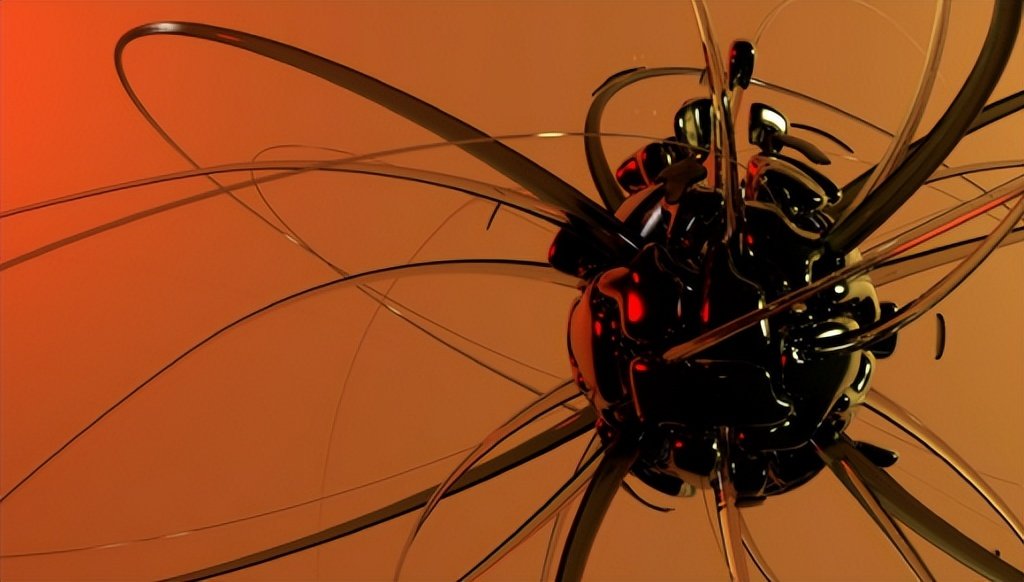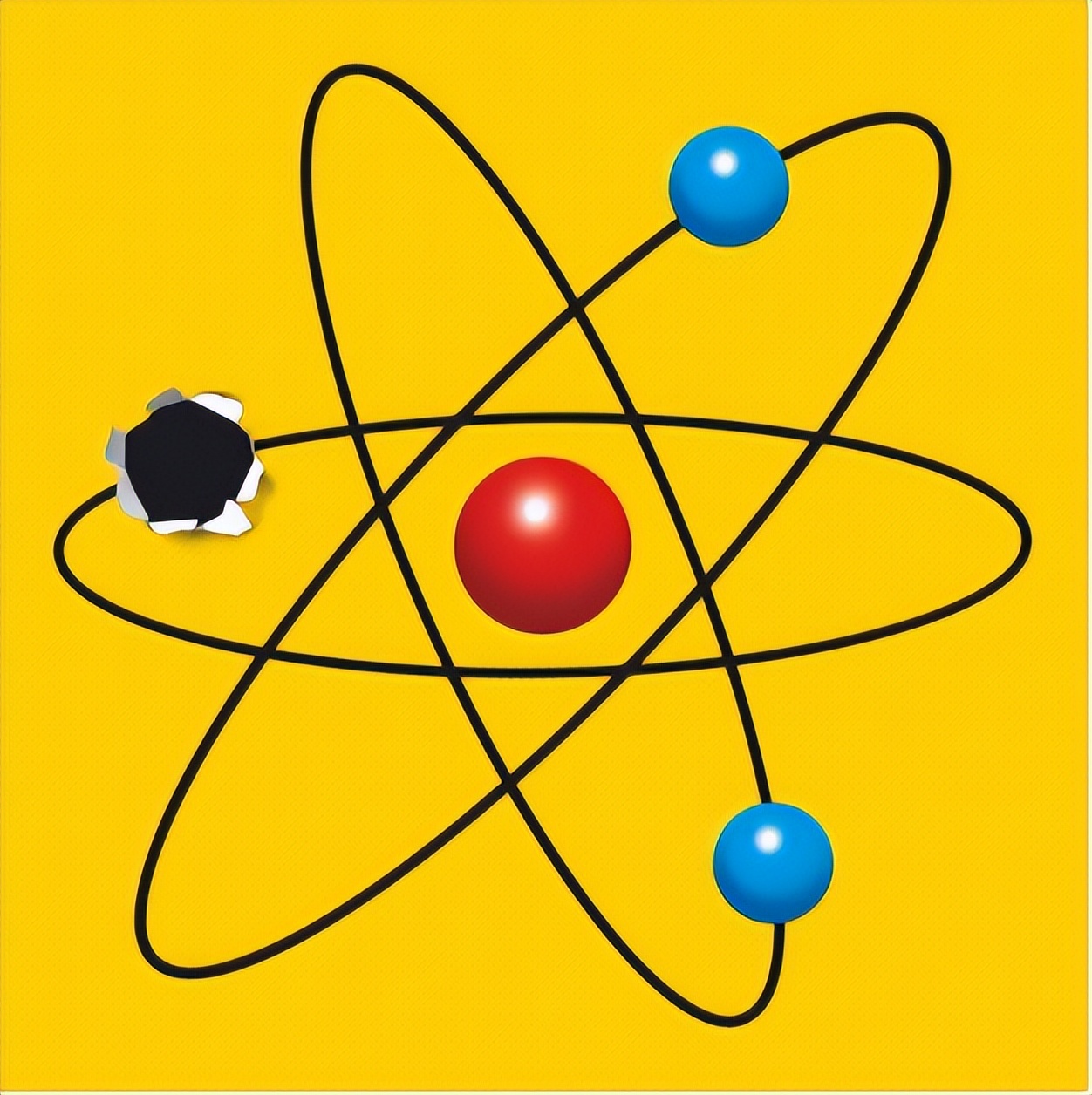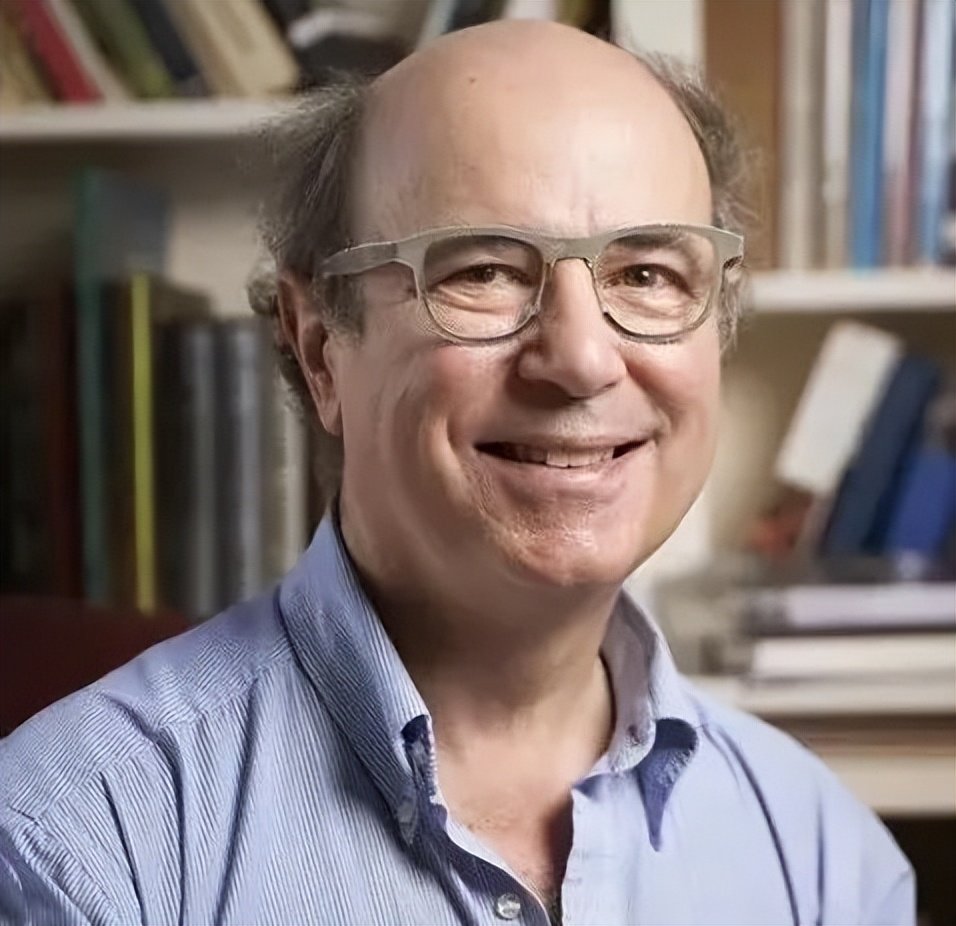Nobel winner Wilczek: How does the acupoint "come to the wind"?
Author:Return Time:2022.07.27
Written article | Frank Wilczek
Translation | Hu Feng, Liang Dingdang
Chinese Version

For many modern technologies, a vacancies have become the key to the realization of technology. This vacancy is the particle called "acupuncture".
A particle known as "cave" has contributed to modern technology and also makes people full of reveries about the future. It is a major scientific achievement in the last century. This process also shows the long -term value of basic research driven by curiosity in applications.
If we think from a certain atom of the material, we suddenly moved away an electron. Atoms will eventually reach a steady state. At this time, a defect was formed in the lack of electrons -a vacant position that should have, but without electrons. This empty position is what we call the acupuncture point.
Because the electrons carry the negative charge of a unit, the cave caused by its lack of the pierced charge (like proton) of a unit (like a proton). In the metal and semiconductor materials, the acupuncture can be moved. In fact, because the cave is much lighter than the proton, its movement will appear more flexible.
Why is this mobility important?
You know, almost all of our energy comes from a huge fusion reactor -the radiation of the sun -sun. After the tree absorbs the energy of the sun, it is converted into wood that can be used as fuel; the remains of some plants have been converted into coal and oil that can be burned under the decomposition and high pressure of bacteria. However, these biological processes can only capture a small part of solar energy that radiates to the earth. Moreover, fuels such as wood or oil will emit greenhouse gases when burning, bringing serious side effects.
Another method of using solar energy is to use the radiation of the solar to break the electrons from the normal position. We only need to let the sun be exposed to a suitable material -photovoltaic materials, and high -energy photons can inspire some electrons that were always running normally, thereby generating acupuncture.
If the voltage is added to this material, because the electron and the cave carry the opposite charge, the current can be generated under the action of the electric field. Look! In a blink of an eye, we turned light into current and transformed solar energy into electrical energy.
Electricity is a very beautiful energy. It is convenient. At present, we already have a good way to store and transmit electricity. In addition, the use of electricity does not involve combustion, which is an important cleaning energy. In fact, because the energy of solar radiation is about 10,000 times more than the current consumption of humans, which means that photovoltaic sources may become the main new energy sources in the future.
In addition to the method mentioned just now, we can also produce acupoints through chemical methods. Incorporate impurities atoms with less active electrons are mixed in the material. When they replace the materials itself, they will form an acupuncture point.
If the boron atom rich and electron -rich in electron -rich phosphorus is mixed in semiconductors, and they can be arranged separately in a clever way, we can build "dams of dams to control the current in the semiconductor "Or" Glit ". This is the fundamental strategy of solid -state electronic technology, and solid -state electronics are the core technology of modern communication and information processing.
The discovery of the acupuncture points was born in theoretical research away from practical applications. In 1925, Wolfgang Pauli discovered the principle of incompatibility of Puffali during the study of atomic spectrum; it showed that there was possibility of acupuncture in atoms and molecules. In 1930, Paul Dirac (Paul Dirac) introduced the concept of cavity in an imaginary idealized cosmic material in order to compare quantum theory and narrow theory -he called it anti -electronics, or positive electronics Essence Under the incentives of these creative results, Rudolfpeierls and others conducted a pioneering study, which received modern theories of materials.
When this group of pioneers made great discovery, they did not expect crystal tube or photovoltaic -these applications were only available decades later. They are just a group of people full of curiosity, purely want to know more about the world. This may bring us some inspiration.
English version

The particles known as "holes" make the modern world possible and a brilliant future conceivable. Understanding what they are and how to make and use them has been one of the great scientifific achievements of the past century. It highlights the long-term value of Fundamental Research Driven by Curiosity.
Imagine suddenly plucking an electron out of an atom of material. Eventually the atom will settle down into a stable state, where the region around the missing electron is marked by a scar-a place where an electron should be but isn't. A scar of this kind is what we call a hole.Since they arise from the absence of an electron, which by convention carries a unit of negative charge, holes carry a unit of positive charge (like protons). In some materials, including metals and semiconductors , HOLES Are Moveable; Indeed, SINCE HOLES Are Much Lighter Than Protons, They Can Move More more nimbly.
Why does this mobility matter? The ultimate source of almost all our energy is radiation flflowing from a giant fusion reactor, our sun. Trees process light from the sun into wood that we can burn; some long-dead plants, broken down by bacteria and put under pressure, turn into petroleum that we can also burn. But these biological processes capture only a small fraction of the solar energy on Earth-and exploiting them brings nasty side-effffects when the burned carbon gets released in greenhouse gases.
A difffferent thing we can do with sunlight is to allow its energy to jostle electrons out of their normal positions. All that's needed is to expose a suitable material-usually called a photovoltaic-to the sun's radiance. Its energetic photons can jolt electrons, liberating them and producing holes. If we put a voltage across the material, the electrons and holes will separate, since they hold opposite charges. This makes electrical current flflow. Presto, we've converted sunlight into electrical currents, and solar energy into electrical energy Then, then, then
Electrical energy is beautiful energy. It's convenient, because we've got excellent ways to store and transport it; it's clean, because no burning is involved. And the fact that the sun rains down about ten thousand times more energy than humans currently consume points to the possibility of a sustainable future with room for growth.We can also make holes chemically, by mixing in impurities that have fewer chemically active electrons than the atoms they replace. Clever juxtaposition of regions of silicon mixed-or "doped"-with electron -Poor Boron, Rich in Holes, and Regions Doped with Phosphorous,
which are rich in electrons, allows us to control flflows of electricity, similar to how dams and trenches allow us to control flflows of water. This strategy is at the heart of solid-state electronics, the core technology of modern communications and information processing.
Holes were fifirst discovered theoretically, in studies far removed from practical considerations. Wolfgang Pauli's exclusion principle, discovered in 1925 through studies of atomic spectra, showed the possibility of hole-like vacancies in atoms and molecules. In 1930 Paul Dirac, trying to reconcile quantum theory with relativity, was led to introduce the concept of holes-which he called anti-electrons, or positrons-in a hypothetical, ideal cosmic material. The pioneering studies of Rudolf Peierls and others that eventually blossomed into the modern understanding of holes in materials WERE Informed by that Intellectual Ferment.
Those pioneers didn't have transistors or photovoltaics in mind. The applications came decades later. They were simply curious people, set on understanding the world better. There's a lesson in that.
Frank wilczek
Frank Wilchek is one of the founders of physics at Massachusetts Institute of Technology and the founder of quantum dynamic dynamics.Due to the discovery of the gradual freedom of quantum dynamics, he won the Nobel Prize in Physics in 2004.This article is authorized to reprint from the WeChat public account "Kou Xiang Academic".
Special Note

1. Enter the "Boutique Column" at the bottom menu of the WeChat public account of the WeChat public account.
2. "Return" provides a monthly retrieval article function.Pay attention to the public account and reply to the year+month for the four digits, such as "1903", you can obtain an index of articles in March 2019, and so on.
- END -
High temperature of power people war to ensure the safe operation of Chengdu Power Grid

In the past few days, Chengdu has continued to have high temperature weather, and ...
lovely!The little boy was nervous before cutting the foreskin, fearing that the doctor sang "The Solu" to relieve anxiety
During the summer vacation, the number of children's foreskin surgery in the hospital increased. Many children were a little scared after entering the operating room alone. In order to alleviate the n...